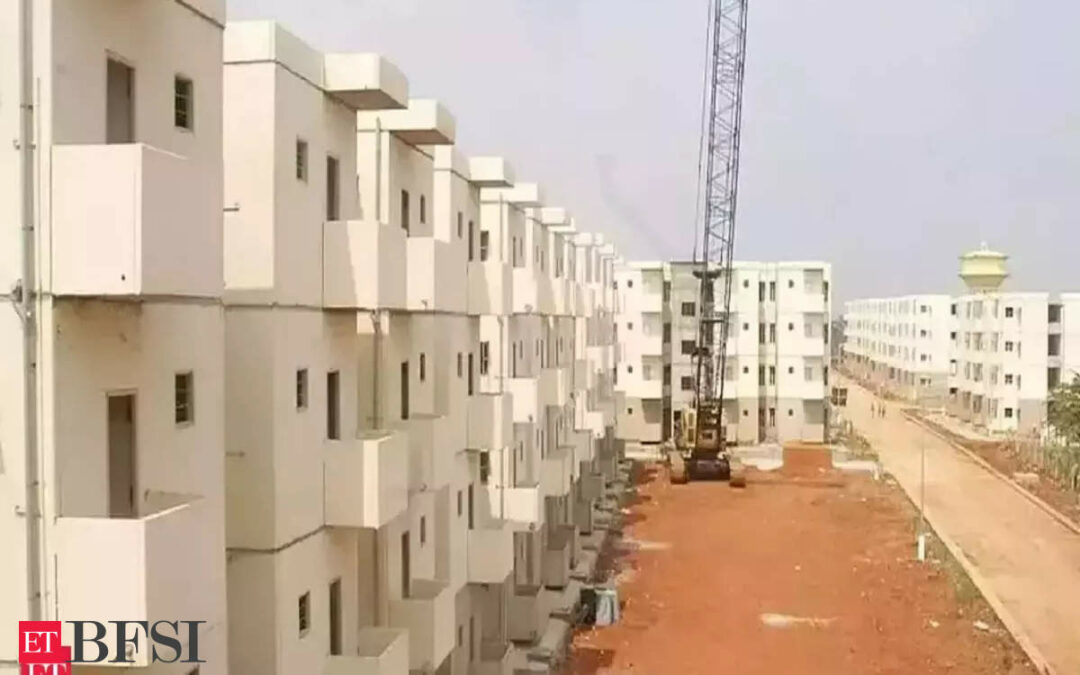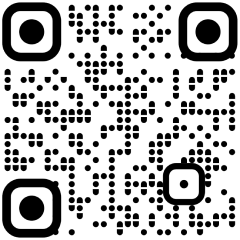As the Prime Minister Narendra Modi took oath for his third term, the first decision he took was the approval of government assistance for the construction of three crore rural and urban houses under Pradhan Mantri Awas Yojana (PMAY).
Out of these three crore houses, two crore will be constructed under PMAY-Gramin, while one crore under PMAY-Urban.
After chairing the maiden Cabinet meeting, the Prime Minister took it to social media platform X, and said, the Cabinet’s decision is a big step towards promoting dignified life and ease of living for crores of the countrymen.
“Our government has today decided to expand the Pradhan Mantri Awas Yojana and build 3 crore new houses in villages and cities. This decision also reflects our commitment to make the living standards of the people easier. This will not only fulfil the need of people for houses, but will also provide them a quality life. The expansion of PMAY also brings out our determination for development of all and social justice (Sabka Vikas aur Samaj Kalyan),” he said.
Likely to boost GDP by over half a trillion dollars
Speaking on the impact of introducing 3 crore affordable house construction under PMAY, Manish Jaiswal, MD and CEO, Grihum Housing Finance (formerly Poonawalla Housing Finance Ltd.) said it will have an impact on the overall industry and economy.
He said that it’s a remarkable initiative on the very first day of the PMO office in this tenure, reaffirming the government’s vision for promoting affordable housing.
Highlighting the three key perspectives of the move, the first impact he mentioned was the economic growth.
“Increasing housing stock will stimulate economic activity and generate employment in construction and allied industries. With 3 crore affordable houses, the economic impact is immense. At an average construction cost of Rs 1500 per sq ft, this could boost GDP by over half a trillion dollars,” he said.
He further said that the infusion of funds is expected to significantly boost demand for affordable housing finance. “Public-private partnerships will be crucial for effective implementation.”
Lastly, he said the move will lead the sector towards technological advancements,
“Advanced technology is essential for identifying suitable land parcels, enabling expansion into emerging areas. The government is already using Geographical Information Systems and cadastral mapping to demarcate these lands,” he said.
“Clearly identifiable and well-demarcated land, both physically and on GIS, will significantly boost housing finance in semi-urban and rural sectors,” he added.
Ripple effect on employment, economic growth indices
Chairman, NAREDCO National, Dr. Niranjan Hiranandani said, “Development of affordable housing is a crucial step towards revitalizing the property market. As the real estate sector is the second largest employer in the country, the extension of the PMAY will have a ripple effect on employment and economic growth indices.”
“The construction of urban-rural houses in the backdrop of last-mile connectivity being established under mega infrastructure projects will allow us to explore a multitude of new untapped real estate markets,” he added.
Pradhan Mantri Awas Yojana (PMAY) is a credit-linked subsidy scheme initiated to provide affordable housing to low and moderate-income residents across the country.
It has two components, PMAY-U for the urban poor and PMAY-G and PMAY-R for the rural poor.
The objective of PMAY-U is to provide housing for all in urban areas while PMAY-G is to provide a pucca house with basic amenities to all rural families who are homeless or living in kutcha or dilapidated houses.











